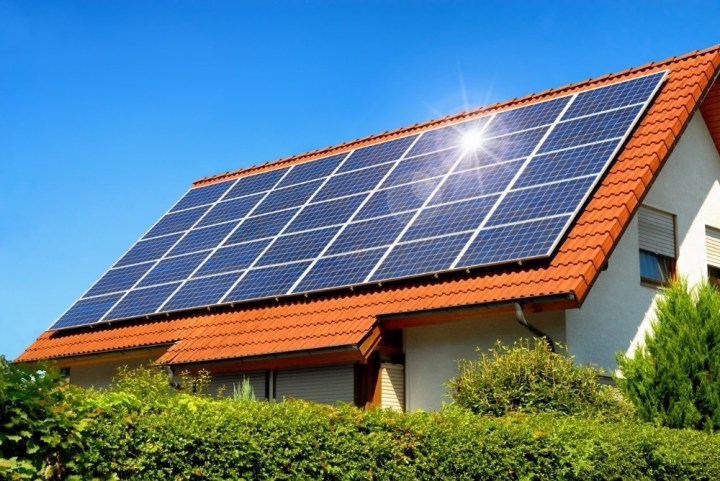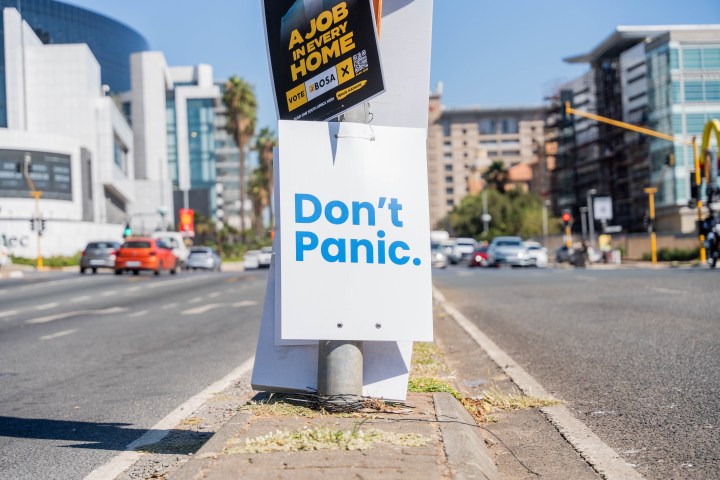SPONSORED CONTENT
Homeowners finally see light at the end of the load-shedding tunnel

This year, 2022, has been the worst load-shedding year South Africa has ever experienced, and we are not yet into the last quarter! Since 2018 there has been a trend of increasing load-shedding year on year, and this is projected to continue for the next five years. With the lack of a cogent backup power plan from the government, it is apparent that load shedding will be with us, at minimum until 2030, and most likely beyond.
The future of our country’s electricity supply is hanging by a thread. On the 25th of July, President Cyril Ramaphosa announced a number of actions that are going to be taken to address the energy crisis. The actions sounded positive, however none of the actions involved installation of large-scale power generation funded by the government that can provide power during the evening peak demand.
In his speech, Cyril spoke of incentivising homeowners to go solar, easing of red tape for private companies to place power onto the grid, and the doubling of capacity planned in bid window 6 of the REIPPP programme to 5200MW. The elephant in the room is that these actions and other large renewable power generation projects planned will not contribute much towards meeting peak demand in the evenings. Over the next five years, the five oldest power stations will be decommissioned. By 2035, half of South Africa’s total generation capacity will be further decommissioned, totalling 22 000MW coming offline. So we are, in fact, looking at a dangerously reduced supply capacity in the foreseeable future, despite the renewable power projects coming online.
Despite this gloomy outlook, homeowners can now take comfort that there is indeed some light at the end of the proverbial tunnel when it comes to their energy security. With an innovative asset-based solar finance product released by Nedbank’s MFC Division this month, purchasing your solar system will now be as easy as financing a car. The offering provides affordable and flexible finance options for homeowners’ solar solutions that anyone can apply for, even if you don’t bank with or have a bond with Nedbank. The ‘green’ bank has partnered with Hohm Energy, a digital online solar marketplace that makes their client’s solar journey simpler, better and more affordable for South Africans to access reliable, quality solar solutions. The partnership has set out to provide over 3,000 solar loans and installations over the coming 12 months.
Just like other digital marketplaces, Hohm Energy is bringing technology innovation to the solar and renewables market by providing a convenient online experience that matches homeowners with vetted solar installers in their area. This removes the need for people to shop around and then personally vet the installers that provide them with quotes. Everything is managed seamlessly from A to Z for homeowners via Hohm’s Energy Advisor service model, giving consumers trusted advice every step of the way.
Hohm Energy has partnered with the PV Greencard initiative by SAPVIA (The South African Photovoltaic Industry Association), and provides all the background checks to accredited solar installers and then onboards them to access the Nedbank MFC finance product. The current network of solar installers operates across all 9 provinces in SA, and is continuing to grow. The company is rapidly expanding to meet demand and all solar installers are welcome to become Hohm Energy accredited.
12 month load-shedding outlook
At Eskom’s quarterly media briefing in March this year, we were presented with three scenarios that could take place over the next year up until April 2023.
In their worst-case scenario of 13,500 Megawatts (MW) to 15,000 MW going offline, South Africa would experience 295 days of load shedding over the period. In May, it projected 22 days of load shedding, not going beyond stage 2.
What ended up taking place however, is that May alone saw 25 days of load-shedding, with power cuts hitting as high as stage 4.
Looking at the total number of hours of load-shedding, the popular app Eskom Se Push tweeted the following graph looking at load-shedding over the last 5 years:

Of interest to note is that by July, we had already surpassed the load shedding experienced in 2021.
Looking at the cumulative hours of load shedding month on month, it is clear to see that 2022 has broken all records previously set:

Taking these trends into account, and the fact that the plan of action announced by Ramaphosa will only start contributing power to the grid in 2024, it is likely that load-shedding will occur an average of 3 out of every 5 days over the coming year.
Five-year outlook
The price of electricity and load shedding are both projected to double over the next 5 years. In that time, the five oldest power stations with a total generation capacity of 7 885 MW are slated to come offline. Their names are Hendrina, Camden, Arnot, Groetvlei and Komati power stations. Due to poor performance, they contribute only half of their total capacity. Their overall contribution to the grid therefore is an average of 3900 MW, which translates to 4 stages of load-shedding (at 1000MW per stage), or 12% of total peak demand in the evenings of 32 000 MW.
The large electricity generation projects that the government has planned will make up less than one-fifth of the power that is coming offline in the evenings. This is because most of the projects are large solar or wind farms with minimal battery storage.
Looking at the following charts, it is apparent why solar farms without battery storage do not contribute towards meeting the peak electricity demand in the evenings:

Wind farms are even less effective in meeting demand as wind typically performs at less than 20% of the rated generation capacity. With wind blowing more in the early hours of the morning, the production curves for wind over a 24-hours look like this:

With minimal large-scale battery installations in the pipeline, the large IPP projects that the government has planned will unfortunately not contribute much power at all towards ending load-shedding for the peak load in the evenings.
The most convenient and trusted solution for homeowners
Eskom can no longer be relied upon to provide stable, affordable electricity. As a country with plenty of sunlight, we are well placed to take advantage of cheap solar energy generation, so it makes perfect sense to consider solar and battery solutions to power our homes. Additionally, the cost of the equipment needed to generate household electricity has dropped significantly over the last 15 years by at least 90%, making it the most affordable time to reduce your reliance on Eskom.
Ciko Thomas, group managing executive in Nedbank Retail and Business Banking, explains that solar solutions have proven to be an effective way for households to move off Eskom’s unreliable grid, or to at least lower their dependency on the ailing power utility. To assist this move, Nedbank has recently launched solar energy funding, which is available to all, including non-Nedbank clients.
“Solar energy systems have declined massively in price over the past few years, with some solar photovoltaic (PV) components reducing in price by up to 90% over the past 15 years,” points out Thomas.
Nedbank said, “Our new asset-backed solar finance solution, provided through MFC, is available to anyone wanting to install a solar energy solution on their property, no matter who their mortgage bond is with, or even if their property isn’t bonded at all”.
“We have elected to team up with trusted energy partners Hohm Energy, who will help our clients with expert guidance through the entire process of assessing their energy requirements, finding a solution that fits their needs, overseeing the installation and providing after-installation support,” said Thomas
While the future of South Africa’s energy supply remains uncertain, one thing we do know for sure is that load-shedding is here to stay- and a total blackout, with load shedding of up to Stage 10, is certainly not impossible.
Installing a reliable, trusted solar solution now is the only way to avoid being at the mercy of Eskom’s escalating load shedding schedule and tariff price increases for the decades to come. DM/BM
















Comments - Please login in order to comment.